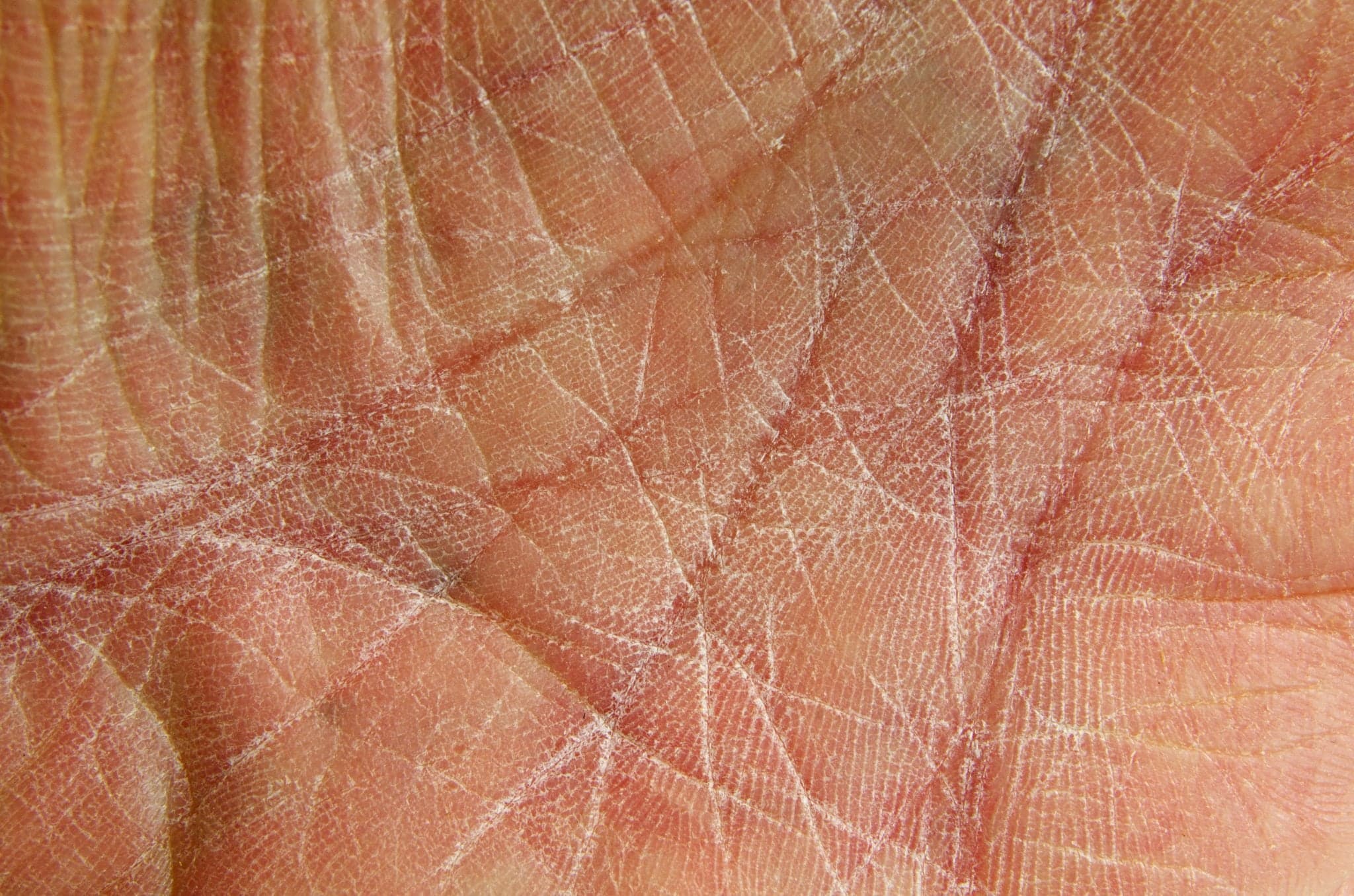
2018-10-03T09:37:12
What are the Risks of Uncontrolled Medical Conditions During Plastic Surgery?
- Plastic and Reconstructive Surgery
- Value-Based Care
July 17, 2017 | Plastic and Reconstructive Surgery • Surgery Center

Reconstructive surgery covers a wide variety of procedures that are performed to help repair damaged tissue. Causes of tissue damage can range from birth defects or traumatic injuries to severe burns or disease.
According to the American Society of Plastic Surgeons, over 1 million reconstructive surgery procedures are performed each year. Here are some of the most common types of reconstructive surgeries.
Breast reconstruction helps restore breasts to near their normal shape, appearance, symmetry and size following a mastectomy. Breast reconstruction can be done two ways: Implant-based reconstruction (using breast implants) and flap reconstruction (using the patient’s own tissue from another part of the body).
If you are considering breast reconstruction after having a mastectomy, you and your doctor will look at the type of mastectomy you received, the cancer treatments you had done and your body type.
Also called reduction mammaplasty, breast reduction is a procedure that removes excess breast fat, tissue and skin to reach a breast size that’s more in proportion with the body. It can also be to relieve discomfort from overly large breasts. Men can also undergo breast reduction.
Cleft lip and cleft palate are some of the most common birth defects in North America. This type of plastic surgery is designed to correct this abnormal development and restore a more normal appearance.
Hand surgery can improve conditions that impair the hand, including carpal tunnel syndrome, rheumatoid arthritis and Dupuytren’s contracture (a disabling hand disorder marked by scar-like tissue bands on the palm). These surgeries can treat diseases that cause pain and impair strength, function and flexibility in the wrists and fingers. They can also correct some abnormalities that may have been present at birth.
Foot surgeries may also be available for people affected by tumors, or by webbed or extra toes.
Regenerative medicine is the science of replacing, engineering or regenerating human cells, tissues or organs to restore normal function. It’s a broad category of medicine that can help people with everything from trauma to cancer therapy and birth abnormalities. Areas that are part of regenerative medicine include:
This is a group of treatments that attempt to minimize the appearance of a scar and help it blend in more effectively with the surrounding skin. Treatments can range from mild, topical treatments and minimally invasive procedures to surgical revision. Know that while scars can be reduced they cannot be completely removed.
In some cases of skin cancer, surgery to remove a cancerous growth might be recommended. Your surgeon can remove cancerous or other skin lesions using specialized techniques also designed to preserve health and appearance.
Tissue expansion is a process that allows the body to grow extra skin in almost any area of the body. A silicone balloon expander is inserted under the skin near the area that needs to be repaired and gradually filled with salt water over time—this causes the skin to stretch and grow. It’s most commonly used for breast reconstruction after breast removal, but it can also help in other areas.
If you are a candidate for any of these reconstructive surgeries, your plastic surgeon can provide the proper recommendations for you.
Sources:
“Reconstructive Procedures.” American Society of Plastic Surgeons. https://www.plasticsurgery.org/reconstructive-procedures
“Reconstructive Surgery.” WebMD. http://www.webmd.com/a-to-z-guides/reconstructive-surgery
WRITTEN BY:
The Live Better Team

2018-10-03T09:37:12

2017-09-19T11:00:59

2017-09-11T10:40:36

2017-09-05T09:30:10
This information is not intended to replace the advice of a medical professional. You should always consult your doctor before making decisions about your health.